Will community goodwill for action hold up in the face of less certain economic times?
High costs and an increased public scepticism about climate targets have dogged the green debate in recent months. Are we on the right track? Is the government’s timetable solid?
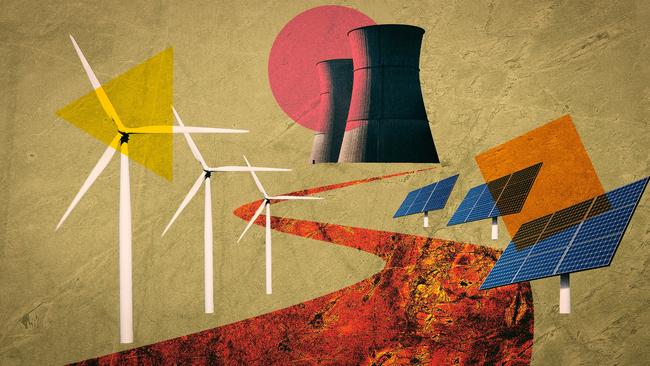
The great green transition is underway but back in flux, seized by competing visions that must soon be put to cash-shocked voters. It is an old struggle with a new twist. The battlefront is not about whether we should act on climate change, but whether we are on the right track.
Will a renewables-only trajectory be able to solve the problem while safeguarding our standard of living and at reasonable cost? Is it possible to move from high targets to project delivery? Will community goodwill for action hold up in the face of less certain economic times?
The jury is out on all fronts.
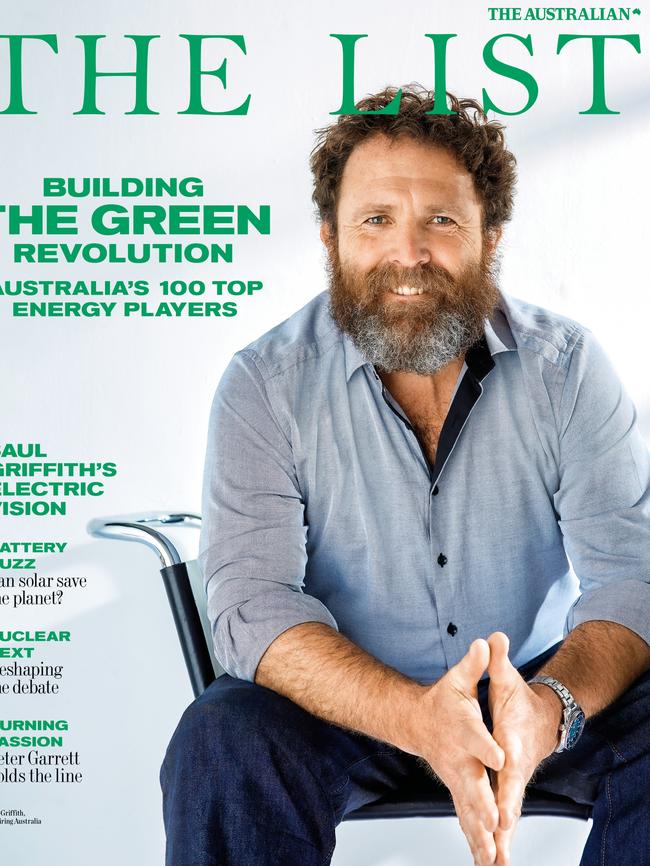
This is an article from The List: 100 Top Energy Players 2024, which is published in full online on November 21.
After reaching a peak before the 2022 election, climate action and the environment are steadily working their way down the list of voter concerns as cost-of-living pressures continue to bite. Government remains convinced by experts that renewables, with back-up, is the cheapest form of generation.
But follow the money and you see that big tech is increasingly putting its bets on nuclear. Microsoft has done the numbers and in September put $1.6bn towards restarting the most controversial nuclear plant in the US, Three Mile Island.
The investment is a calculation made to keep Microsoft competitive in the existential race it cares most about, artificial intelligence.
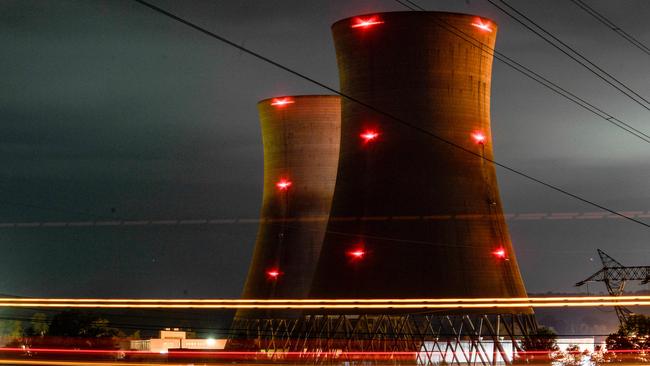
The deal is significant, but pales in comparison to the deal signed by Microsoft with Brookfield Asset Management for 10.5 gigawatts (GW) of new renewable energy capacity around the world between 2026 and 2030. Brookfield said the deal was almost eight times larger than the largest single corporate power purchase agreement ever signed, and would target regions of the US and Europe, and extend to Asia Pacific, India and Latin America.
Both deals reflect the reality that changing technology in transport and housing, as well as communication and computer technology, will result in a vast increase in global energy demand.
The International Energy Agency estimates that electricity demand from AI, data centres and crypto could more than double by 2026, to be the equivalent of all of the electricity used in Sweden or potentially Germany.
In the US, part of the enthusiasm for nuclear is due to government incentives to keep low-carbon power online. The Inflation Reduction Act includes tax credits tied to electricity production at existing nuclear power plants.
The bigger reality, says The Wall Street Journal, is new data centres are on hold because the grid can’t support AI systems with intermittent wind and solar. Joe Dominguez, chief executive officer of Constellation, owner of the Three Mile Island plant, says, “The most important energy commodity in the world today is a reliable and clean electric megawatt.”
A MISS IS AS GOOD AS A MILE
In the ongoing quest for reliable and clean megawatts, there are signs of frustration everywhere.
In Australia big projects struggle for commercial lift-off even if they could connect to an overstretched electricity grid. There is widespread scepticism in the community about the environmental trade-offs involved for many projects. Farmers are concerned about what the rollout of big wind and solar farms and new transmission lines means for rural amenity and arable land. Many coastal communities are concerned about the possible impact of large offshore wind projects slated for along the Victoria and NSW coastlines.
But without a steady pipeline of large projects, Australia will not meet its global promises to cut greenhouse gas emissions. More seriously, without a plan B, it will be ill-prepared to cope with the planned departure of coal fired power plants that currently underpin the national electricity grid.
The federal government has set a target of getting 82 per cent of electricity from renewables by 2030. The percentage of total energy produced by renewables is rising, but the problem is intermittency – reliability counts as well as supply.
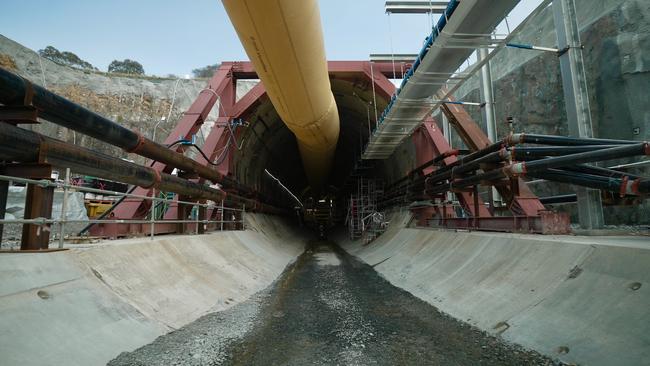
The energy transition is now characterised by delays and cost overruns for major projects. These are issues not confined to Australia. High inflation stoked by the pandemic has made some of the world’s biggest renewable projects, particularly in offshore wind, uneconomic, despite generous subsidies from government.
On the domestic front, Florence, a tunnel boring machine stuck underground for months on the Snowy Hydro 2.0 project, has become a symbol for the slow pace of transition. The latest figures released by the Clean Energy Council (CEC) on the results of capacity market auctions show clearly where the money is flowing.
Its 2024 Clean Energy Report said there had been record-breaking investment in utility-scale storage and booming results for rooftop solar. But there was a significant downturn in investment, particularly in large-scale generation projects. No new financial commitments to utility-scale wind projects occurred in 2023. Seven new financial commitments for utility-scale solar projects totalling 921MW of capacity were recorded, but this is down from 10 projects totalling 1.5GW at the end of 2022. Things have improved, but there is still a long way to catch up.
ONE FOOT ON THE BRAKE AND ONE ON THE GAS
These issues are not unique to Australia. The International Renewable Energy Agency (IRENA) said that since 2015, renewable power additions have consistently outpaced new fossil fuel and nuclear power installations combined, reaching an estimated 473GW in 2023 alone.
However, it said, meeting the target set of tripling renewables globally will also require considerable progress elsewhere, including accelerated investments in infrastructure and system operation (power grids, storage); updated policies and regulations (power market design and regulation, streamlining permitting); measures to strengthen supply chains and develop transition-related skills; and a major scale-up of investment, including public funds supported by international collaboration.
Governments are already under pressure to increase their ambition on climate action under the Paris Agreement. Climate Action Tracker says that governments’ existing 2030 targets will lead to 2.5C of warming by the end of the century, 0.1C higher than the previous year.
Global carbon dioxide emissions are still increasing as growth in China, Southeast Asia and India soaks up any reductions in Europe and the United States.
China, India and Indonesia already account for more than 70 per cent of the world’s coal production. India and China, both of which have adopted aggressive renewables targets, are using substantially more coal and are poised to increase their coal use significantly in the coming years.
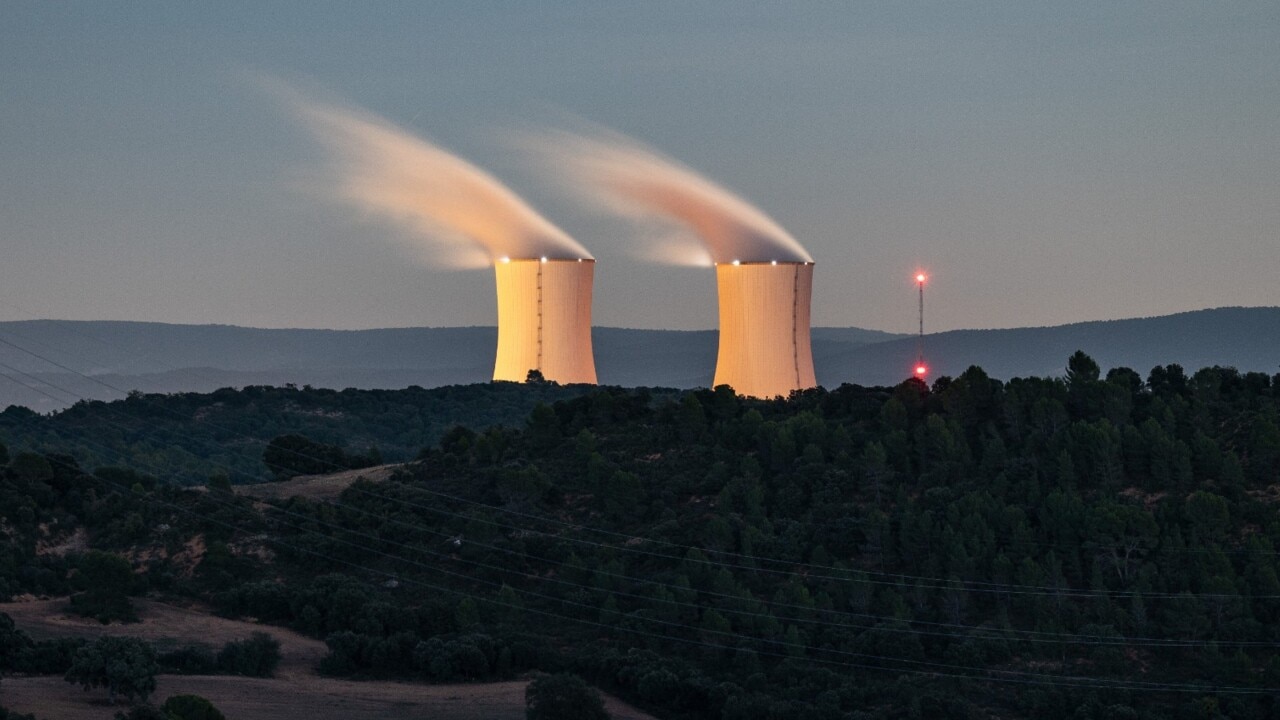
For Australia, the pragmatic approach would be to adopt “all of the above” from available technologies, but it is a discussion riven with political and ideological drama.
Billions of dollars are being invested by government and industry in the nascent hydrogen industry where big promises are colliding with technological reality and high costs.
Australia is also heavily engaged in the race to develop fusion energy, which could have the benefits of nuclear fission, dense supplies of abundant energy, without the radioactive waste. Convenient or not, Australia is having the debate on nuclear that should have been thrashed out a decade or more ago.
Energy Minister Chris Bowen has been quick to paint the opposition as wreckers.
“While the opposition purports to support an ‘all of the above’ energy mix, their ideological pursuit of nuclear reactors in two decades’ time would wreck the renewables rollout today,” Bowen says. “Why would domestic or global investors try to compete with unlimited taxpayer subsidies for state-sponsored generation in nuclear? That investment chill wouldn’t come when the first reactor was delivered, in 2035 or 2037, a very ambitious timeline, or more likely the 2040s. It would come as soon as the Coalition was elected. And so Australia would be trading urgently needed renewable investment for the hope of more costly reactors in two decades time.”
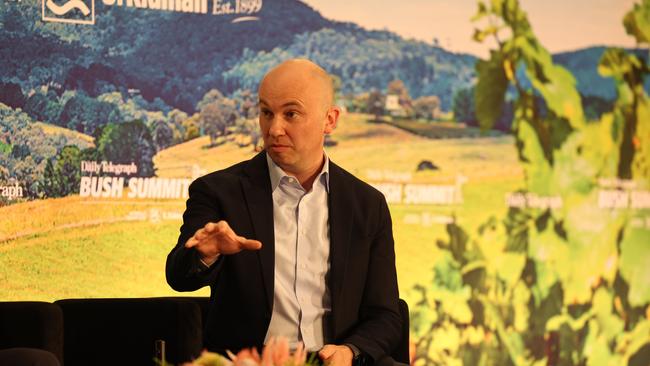
The government’s newly appointed Climate Change Authority chair, Matt Kean, is sticking to a renewables-only approach.
The CCA’s latest review found that there were many pathways to achieving emissions reductions with existing, mature technologies, such as solar and wind for electricity generation and batteries for energy storage, getting Australia much of the way to net zero. It said opportunities also exist with the rapid development of emerging low emissions technologies, such as hydrogen and engineered carbon removals. The report was not supportive of nuclear. But it did highlight the difficulties being faced by developers.
Kean says developers of renewables projects need to engage with regional communities about infrastructure’s role in the energy transition, and better explain the sharing of benefits from the rollout. He says technology uptake, investment and cooperation are critical success factors.
“We need to seize this once-in-a-generation opportunity to ensure Australia’s rapid and orderly transition as the world transforms to avert the worst impacts of climate change,” he says. “This requires a major reorganisation of supply chains, production systems, industrial zones, energy sources, public and private finance, infrastructure and workforces.”
It is the new world born in the image of decades of United Nations gatherings where the pecuniary interests of investment capital is harnessed with the social obsessions of the bureaucratic class.
Australia under Anthony Albanese is fully engaged. The diplomatic heft is to marry the climate response with the geostrategic security concerns that flow from China’s increasing engagement with our Pacific neighbours.
Opposition energy spokesman, Ted O’Brien, says nuclear must be part of the mix. Peter Dutton says the Coalition sees renewables and nuclear as companions – not competitors.
TIME TO APPLY OCCAM’S RAZOR
Unlike the United States, Australia does not have shuttered nuclear power plants to recommission. The challenges for Dutton are ones of time, cost and coming clean on what happens to keep the electricity grid firing as coal plants retire or run out of steam. Without bipartisan support, the challenges for nuclear in the short to medium term are formidable.
Legislation will have to change before nuclear can be taken seriously as an option by investors. Without it, investment risk makes investment more expensive and the timelines even longer. Given the level of global investment in nuclear technology, it is more likely that nuclear, or even fusion, will be part of the long-term global solution.
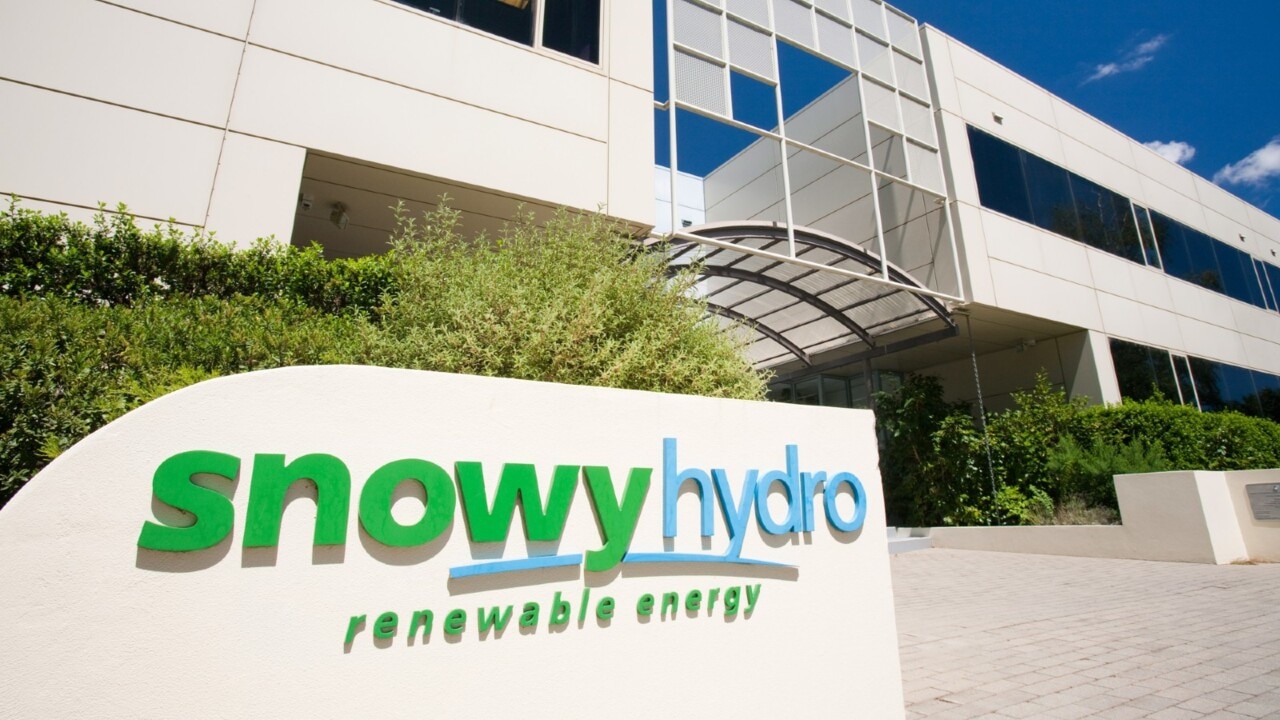
In the meantime the answer in Australia is likely to be the same one that has become apparent all over the world. In a major speech on energy in September, Dutton said; “Let me conclude on this point, we can’t switch nuclear power on tomorrow – even if the ban is lifted. Like other countries, we need to ramp up domestic gas production in the more immediate term to get power prices down and restore stability to our grid.”
The question for Australia is the same as it was for Microsoft. If you want to stay competitive in an energy-hungry world, what is the best available option – for today and the long term – to get secure access to the most reliable, affordable and clean electric megawatt?
The corporate answer, free of political restraint, is all of the above.




To join the conversation, please log in. Don't have an account? Register
Join the conversation, you are commenting as Logout